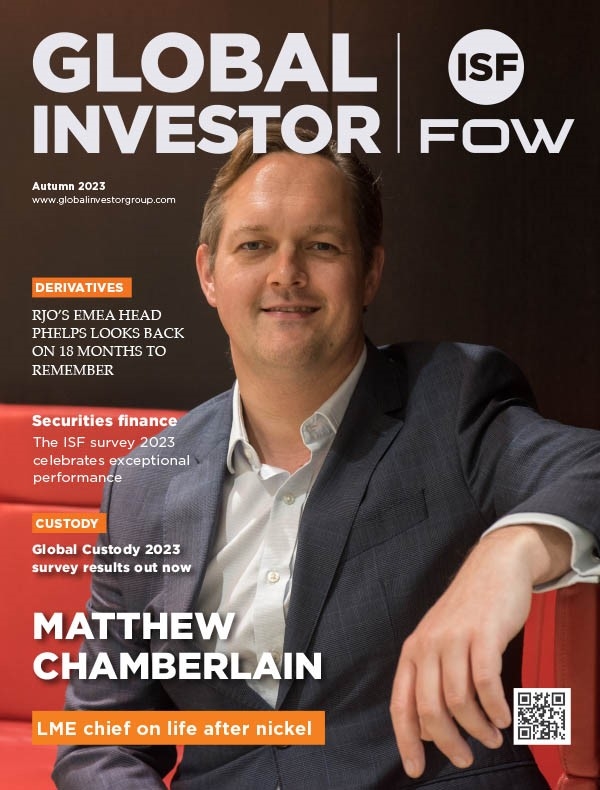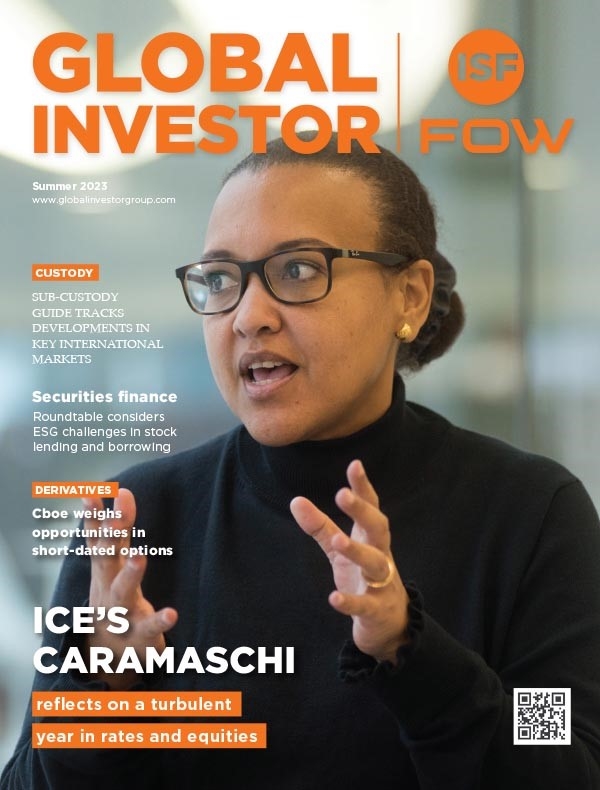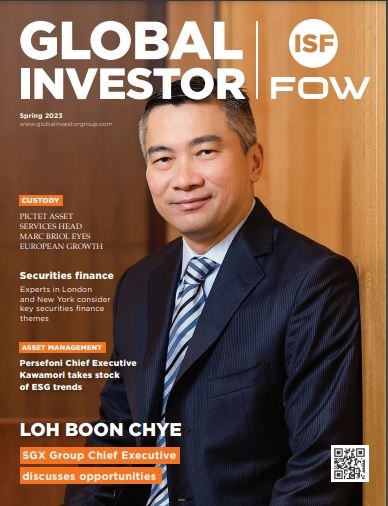HSBC: Understanding the true value of direct custody
Banks and brokers have a multitude of data points to consider when evaluating which direct custodian to select. A best-inclass securities services offering is usually top of the wish list, with clearing, settlement, safekeeping, asset servicing, fails coverage, FX and treasury services all included.
Then, at the service level, links with market infrastructures and decision makers along with information and education about market changes impacting their business are important needs.
Finer details around each direct custodian tend to accumulate neatly into a few groups. These include, but are not limited to, price, instruction processing, cut off deadlines, advocacy/lobbying as value added services, market share, reporting services, tax expertise and technology.
It has become standard practice at industry events to ask the audience to vote on which of these really is the most important function. And, of course, there-in lies the rub, because each voter has a different view depending on their business model and the unique needs of the end customers. Often there are three or four sectors tied and almost never does pricing get the highest number of votes.
What is clear to all voters though is that the importance of choosing the correct provider and differentiators offered by each grow as markets become emerging or frontier.
In Asia and the Middle East, for example, it becomes clearer still that the pace at which each market is changing drives investment and volume in that market – an important consideration for investors, trading firms, banks and custodians alike.
The challenge faced by each country and its infrastructure is that not all of them will follow an identical path from frontier, to emerging to fully emerged as there are many macro-economic and political factors that drive the pace and direction of change.
Some countries will look to the structures of mature markets to act as a blueprint. However many frontier and emerging markets would agree that they rely heavily on speaking to trusted direct custody providers that operate in multiple countries to understand what the effect of each change will be, how long it will take to make and what the outcome is likely to be in terms of attracting flow and investors, whilst all the time supporting its economic and political needs.
While each of the key consideration groups listed above helps to create a structure from which to score firms in terms of servicing assets and trade flows, there is a greater need to have a relationship with a direct custodian based on trust and knowledge. Particularly as firms look for providers in the emerging and frontier markets.
Direct custodians need to be able to articulate clearly what they do well in the trade lifecycle of a transaction but what they must also be able to do is show their customers where they add true value. Partnership is sometimes an overused word in our industry but true partnership is based upon understanding each other completely and working together to ensure the needs of all are considered and understood as countries move along the cycle to maturity.
Much has been written about pricing in recent years and it’s a popular discussion point across the industry, but the simple truth is direct custodians need to show clearly what they do for their customers, what their real differentiators are, and how they work to help developing markets improve. This in turn can lead to higher trading volumes and/or more investor interest which helps the business models of the customers of direct custodians.
Pressure on pricing has been the prevailing feature of the securities industry for the past decade. But when it comes to custody and asset services, there have been concerns, probing questions, as to whether the pressure on pricing becomes too great. For example, has the so-called “race to the bottom” jeopardised the longterm sustainability and stability of an essential and necessary part of the transaction lifecycle?
A fixation on fees alone won’t allow emerging markets to operate as engines for future growth. In each jurisdiction, industry players and market participants need to working together to harmonise the various available routes for foreign investment and create as favourable an operating environment as possible.
India
India is a notable example. HSBC, as a direct custodian, has been working with the Indian market to encourage the adoption of a new Foreign Portfolio Investor (FPI) framework. This recently replaced a two decade old two tier licensing regime with a single tier more open regime allowing a wider range of foreign investors to access the Indian market, and delegation of the licensing authority from the Indian regulator to approved institutions.
For HSBC, this change marked our two decades of partnering the development across the Indian market and we are pleased to have been an active part of facilitating this market development. The very first year of the FPI framework under a wider more open system saw HSBC registering a record number of new licenses in the Indian market indicating the wider opportunities available to investors. This would not have been possible without a lot of time spent working for our direct custody customers.
In order to compliment India’s market evolution HSBC listened to client feedback from foreign portfolio investors (FPI), who cited documentation-related challenges, procedural issues and a time consuming registration process as some of the key issues faced while investing in India.
This naturally led to the launch of an innovative utility which allows clients to intuitively navigate and complete the various documentation needed for the license, through a simple interactive user based platform.
Appropriately named FASTrak, with FAST representing FPI Account Simplification Tool, HSBC has seen clients embrace the technology in order to take advantage of the faster turnarounds feasible.
Firstly it allows investors to categorise themselves in line with FPI requirements and subsequently provides a complete list of the applicable required documentation. Investors can then complete all documents, with validation checks and assistance at various stages, and store everything on a single platform.
Clients can then complete all documents, with validation checks and assistance at various stages, and store everything on a single platform. The existing registration and documentation process takes about one month on average. FASTrak has cut this time significantly.
We continue to see opportunities to facilitate faster and simpler market access into markets like India and have focused our efforts to align with our client requirements. Just one example in one market of the benefits gained from using a partnership approach between the direct custodian, its customers and the wider market bodies and infrastructures.
These examples show that it’s not just about price it’s about working with countries, regulators, infrastructures and customers to improve markets and make them more attractive to investors and trading firms whilst operating the best possible direct custody service, putting the servicing and protection of assets and the needs of the customer at the centre.
Found this useful?
Take a complimentary trial of the FOW Marketing Intelligence Platform – the comprehensive source of news and analysis across the buy- and sell- side.
Gain access to:
- A single source of in-depth news, insight and analysis across Asset Management, Securities Finance, Custody, Fund Services and Derivatives
- Our interactive database, optimized to enable you to summarise data and build graphs outlining market activity
- Exclusive whitepapers, supplements and industry analysis curated and published by Futures & Options World
- Breaking news, daily and weekly alerts on the markets most relevant to you



